Rumors are flying that the iPhone 16 series can handle up to 45W charging.
This news has got people talking because charging power directly affects how fast your phone juices up. For years, Apple’s phones have been stuck at 27W or less. A big jump in power could mean way less time spent tethered to an outlet. What’s even more interesting is Apple’s silence on the matter.
We didn’t waste any time. We got our hands on an iPhone 16 Pro Max and put it through its paces in the lab for 6 hours straight.
Fair warning: The next bit gets a bit technical, but it’s worth digging into if you want the real scoop. We’ll break it down in simple terms. At the end, you’ll find a detailed charging log for the iPhone 16 Pro Max, recorded by IonBridge.
Let’s cut to the chase:
- The iPhone 16 series isn’t pushing any exciting new boundaries in charging speed. Under extreme conditions, the iPhone 16 Pro Max can sustain 33W charging, with brief spikes up to 38W-39W.
- In everyday use, the iPhone 16 Pro Max tops out at 27W – pretty much the same as last year’s model.
- Don’t get caught up in the hype you see on social media. Specs from certification bodies usually show the max voltage and current a device can handle safely. That doesn’t mean it’ll actually charge at that power in real life.
- It looks like the iPhone 16 Pro Max might be using the same charging hardware as the iPhone 15 Pro Max.
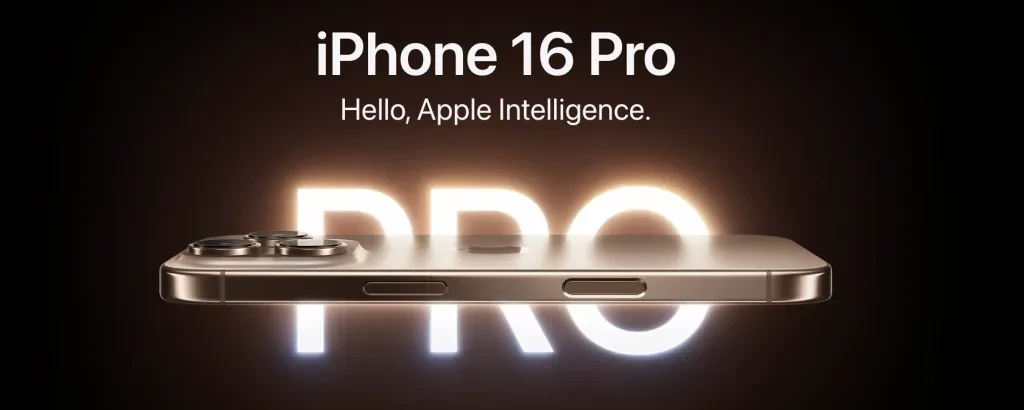
Different Takes from Different Sources
- China Quality Certification official certification: 45W
- Twitter buzz: Peaks at 39W
- Apple: Tight-lipped as ever
The 45W figure first popped up in the China Quality Certification Center’s 3C certification for the iPhone 16 lineup. It showed the whole series supporting up to 15V 3A charging, which on paper translates to a max power of 45W.
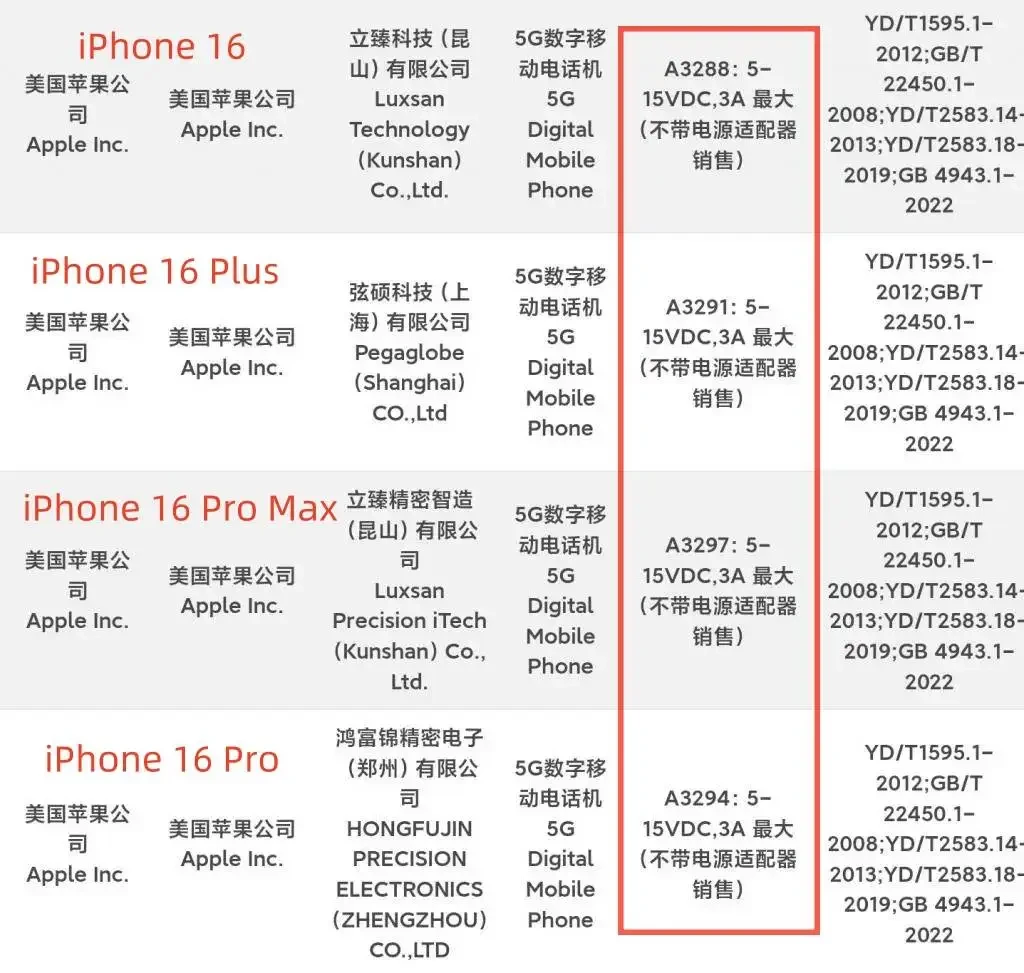
When you stack up the China Quality Certification’s charging specs for the iPhone 16 against the 15, there’s a clear jump in power.
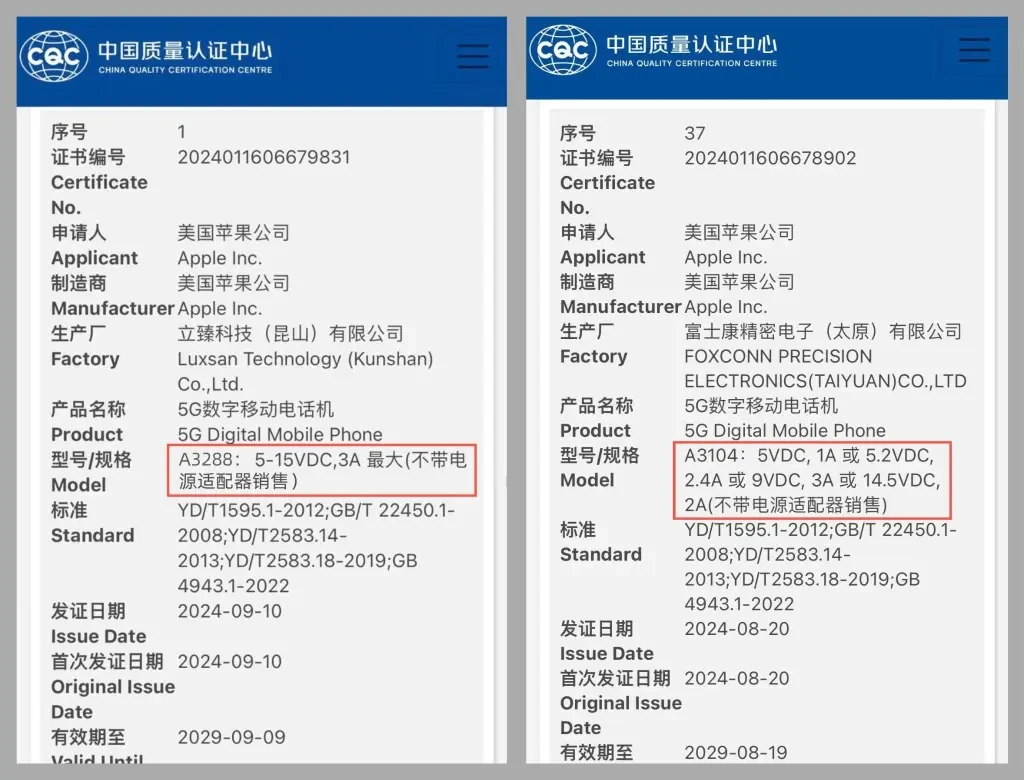
After this news hit, Twitter user @UniverseIce chimed in with a “text confirmation” based on what they called reliable industry info: the iPhone 16 series can hit up to 39W.

Sounds Like Good News, Right?
For iPhone fans, this could be a big deal. Apple’s charging power has been stuck in neutral for years, maxing out at 29W with 9V support. Even the latest iPhones usually hover around 27W most of the time.
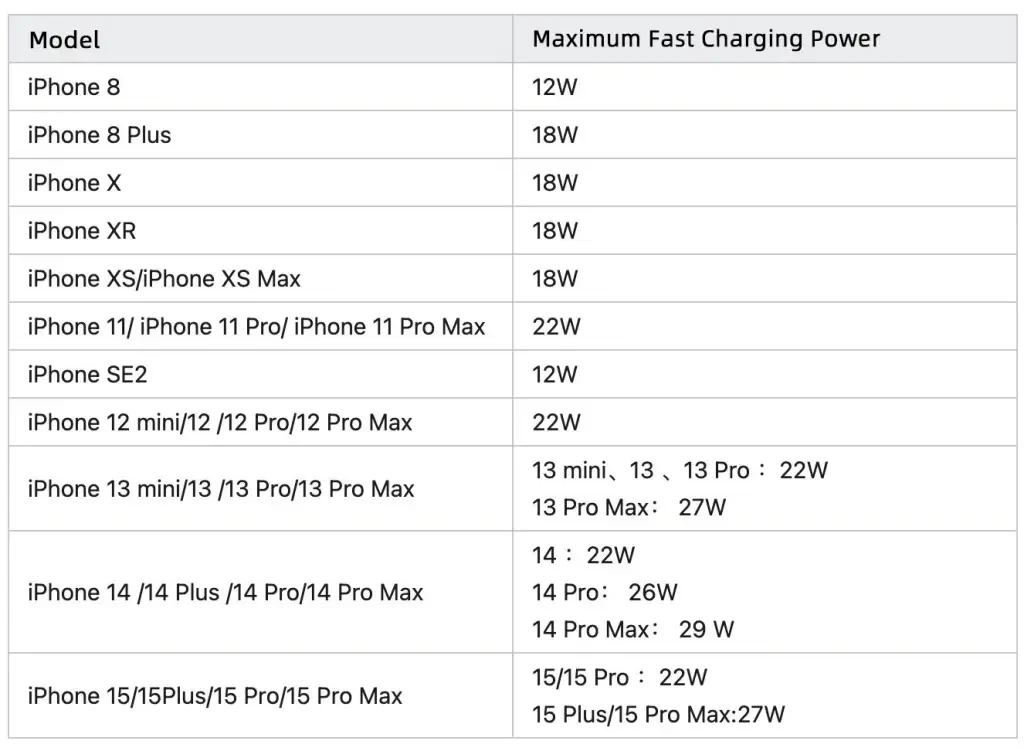
The iPhone 16 series is making a leap from 9V to 15V charging voltage for the first time, potentially bumping power from 27W to 45W. If it actually hits 45W in real-world use, iPhones could charge faster than some MacBooks.
While social media’s been buzzing about this, Apple’s keeping mum. There’s no mention of increased charging power on the iPhone 16 series specs page on Apple’s website.
iPhone 16: 39W Peak, 27W Daily Use
After getting our hands on the iPhone 16 series, our hardware engineers dove into comprehensive lab tests. We looked at three key areas:
- Peak power test: Pushing the iPhone 16 Pro Max to its limits
- Simulated daily charging test: Seeing how power fluctuates in typical scenarios
- Comparative test: Using the iPhone 15 Pro Max as a benchmark to spot any changes in charging strategy
1. Extreme Conditions Test (Not Everyday Charging Scenario)
To really challenge the iPhone 16 Pro Max’s power capabilities, we set up some pretty extreme test conditions:
- Battery drained to 2%
- Screen brightness cranked to max
- Recording 4K 120fps video
- Device in cold start state with a semiconductor cooling back clip
The measured iPhone 16 Pro Max charging curve is as follows:
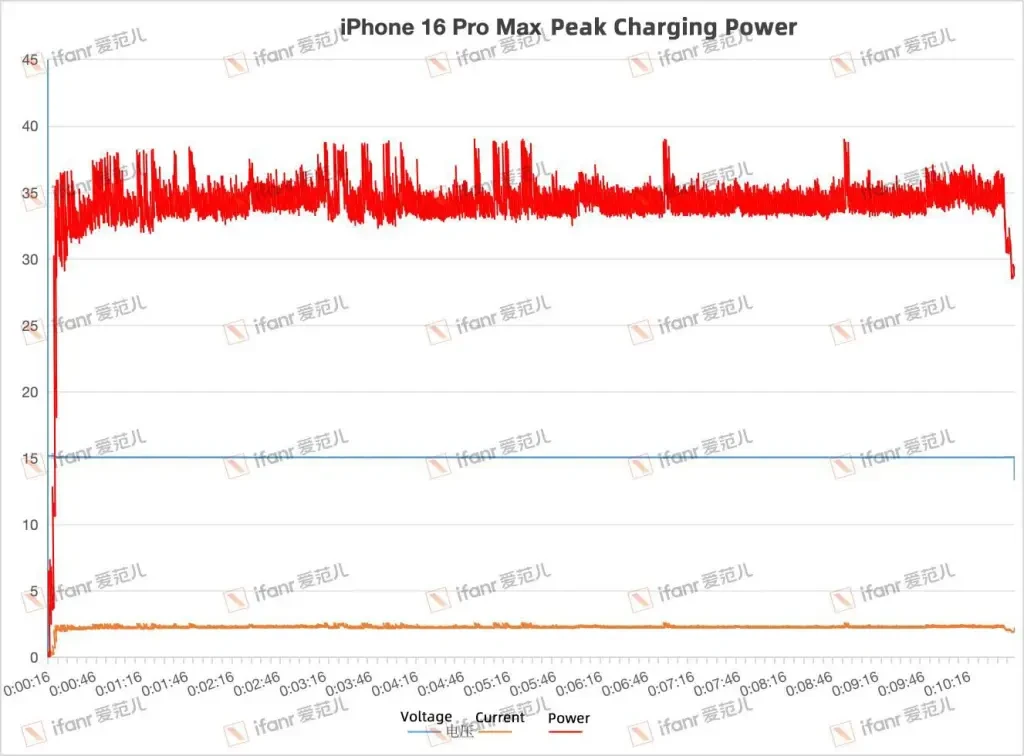
Under these conditions, the iPhone 16 Pro Max kept up 33W charging for about 10 minutes, with brief spikes to 38W-39W. After that, power dropped off as we couldn’t keep up the high-drain conditions.
While it’s possible to push for even higher numbers, let’s be real – these extreme tests don’t mean much for day-to-day use.
2. Daily Usage Simulation Test
To get a better picture of real-world use, we set up more typical charging conditions:
- Device cooled to room temperature
- Magnetic stand used to enter “standby mode” with battery widget display
- Professional testing tools hooked up to a host computer to log the entire charging process
It took about 1 hour and 45 minutes to juice up from 2% to 100%. The complete charging power curve changes as follows:
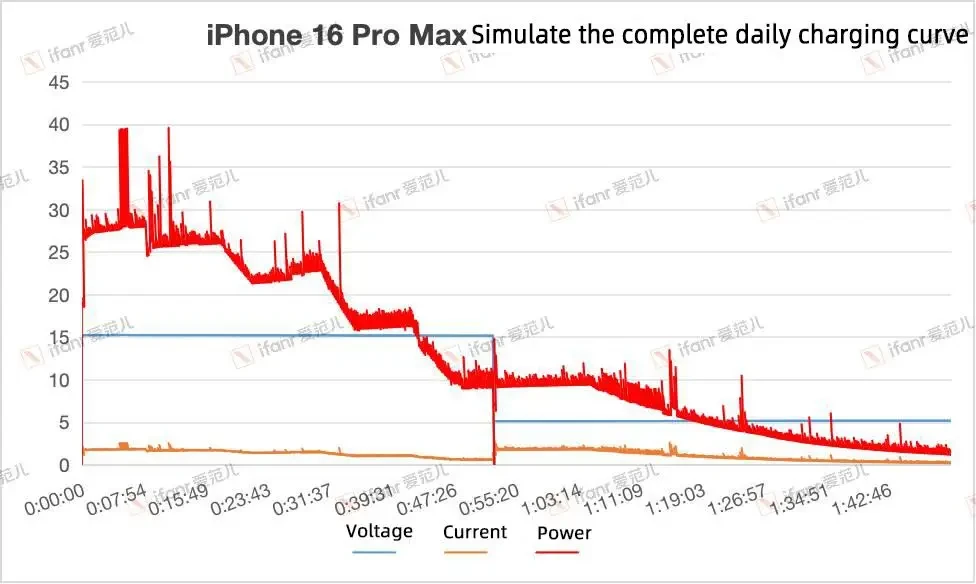
The charging curve revealed the iPhone 16 Pro Max’s strategy:
- In normal conditions, power stayed below 27W, except for brief spikes when using the phone.
- Before 80% battery, power decreased in steps.
- After 80%, it entered a trickle charging mode with slowly decreasing power.
We did see occasional higher power spikes, but they lasted only milliseconds.
Momentary power has indeed reached 39W – it’s as if Apple has provided us with a car capable of reaching 200 km/h. However, users may not necessarily drive at 200 km/h every day. Even if you have the courage to drive at 200 km/h, you’d need the right road conditions.
3. Comparative Test with iPhone 15 Pro Max
We continued with a comparative test under the same conditions using the iPhone 15 Pro Max.
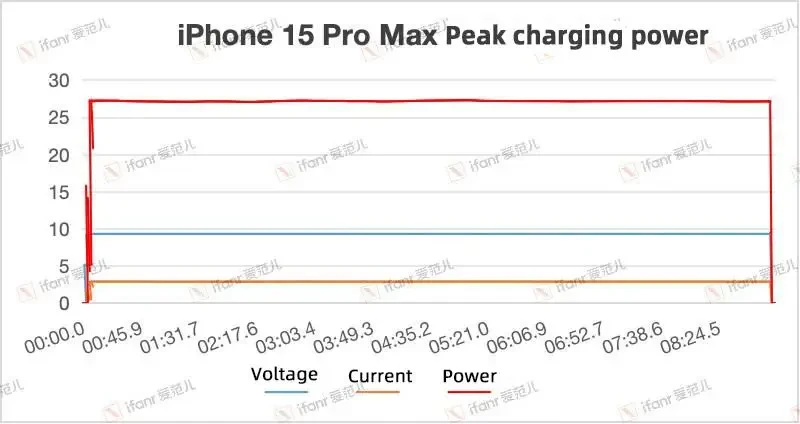
Even during the peak power test with “low battery, high power consumption, and cold start,” the iPhone 15 Pro Max consistently maintained a charging power of 9V 3A, which is 27W. The overall power curve was very flat, with almost no fluctuation.
This situation is mainly due to Apple’s restrictions on charging power.
Three Interesting Findings: New Wine in Old Bottles?
Using our self-developed IonBridge programmable PD power supply, along with the EZ-PD™ CY4500 protocol analyzer, we made three discoveries:
1. The iPhone 15 Pro Max theoretically supports 15V high-voltage, high-power charging (as shown in the Sink_Capabilities log), with a maximum power of up to 44W – this is completely consistent with the log returned by the iPhone 16 Pro Max. The supported charging mode combinations are also identical for both devices.
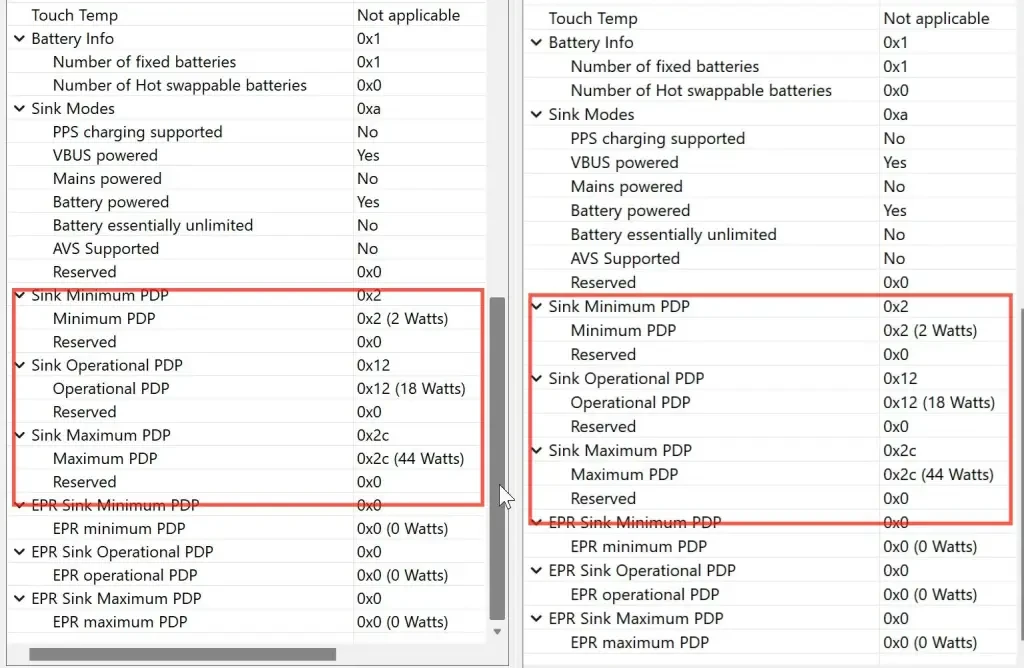
2. The iPhone 15 Pro Max already has the same configuration as the iPhone 16 Pro Max.
Through hardware PD protocol parameters, we made another discovery: except for the ID, other parameter specifications between these two models are almost identical.
We have reason to speculate that the iPhone 15 Pro Max and iPhone 16 Pro Max use the same hardware configuration, but Apple has limited it to 9V 3A specifications for some reason. This also explains why the iPhone 16 Pro Max charging power curve occasionally shows higher momentary peak power, while the iPhone 15 Pro Max curve is very flat.
Of course, even with identical protocol parameters, Apple may have made improvements in hardware design, material selection, heat dissipation design, and internal optimization for the iPhone 16 series. Additionally, charging performance depends not only on hardware but is also closely related to software algorithms. Apple may continue to improve charging efficiency and battery life through ongoing software optimization.
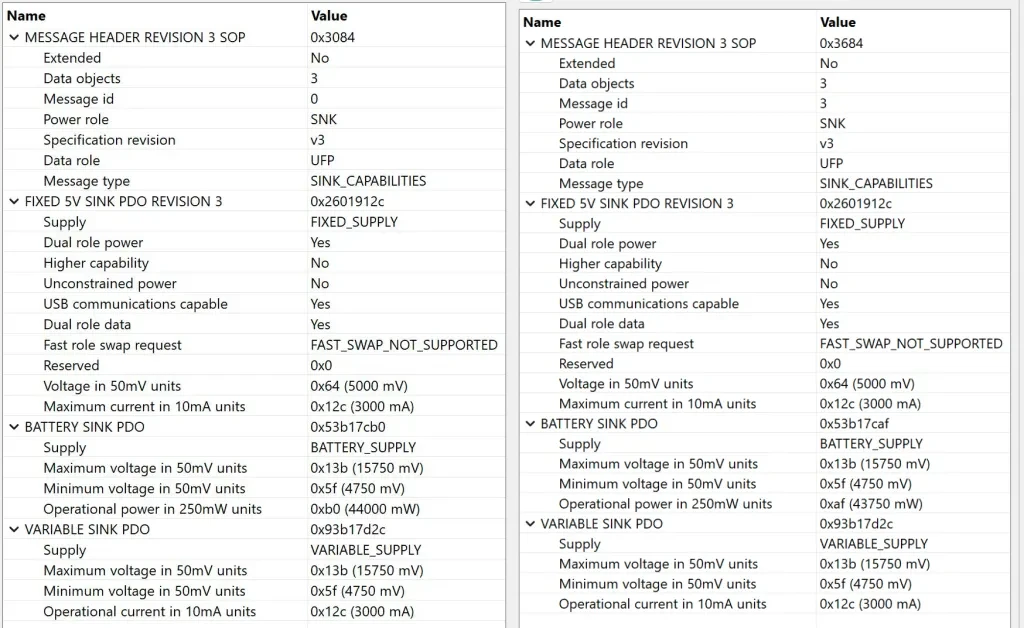
3. Still doesn’t support PPS protocol (Programmable Power Supply)
At the same time, from the Request message, we can clearly see that the iPhone 16 Pro Max requested a 15V 3A Fixed PDO (Power Delivery Object), and still does not support the use of PPS protocol (Programmable Power Supply).
PPS is an optional feature in the USB-PD 3.0 standard, originally developed by Qualcomm as QC5 and later merged into the standard. Apple has not supported it on any device to date. The advantage of the PPS protocol is that it can dynamically adjust voltage (usually 3.3V to 21V) and current within a certain range to achieve a more flexible and efficient charging experience. Samsung Galaxy and Google Pixel are the biggest supporters of this technology.
The iPhone 16 Pro Max requests a fixed 15V 3A PDO, indicating that the device relies on fixed voltage charging levels rather than the dynamic voltage and current adjustment capabilities provided by PPS. Apple’s choice of fixed levels means that its devices cannot make real-time fine adjustments to voltage during charging, thus unable to utilize the charging efficiency and flexibility offered by PPS. This trade-off is consistent with Apple’s pursuit of device consistency and independent control.
At this point, the rumors about Apple being compatible with Samsung Galaxy S24 Ultra chargers have also been debunked, as only Samsung supports true 45W PPS.
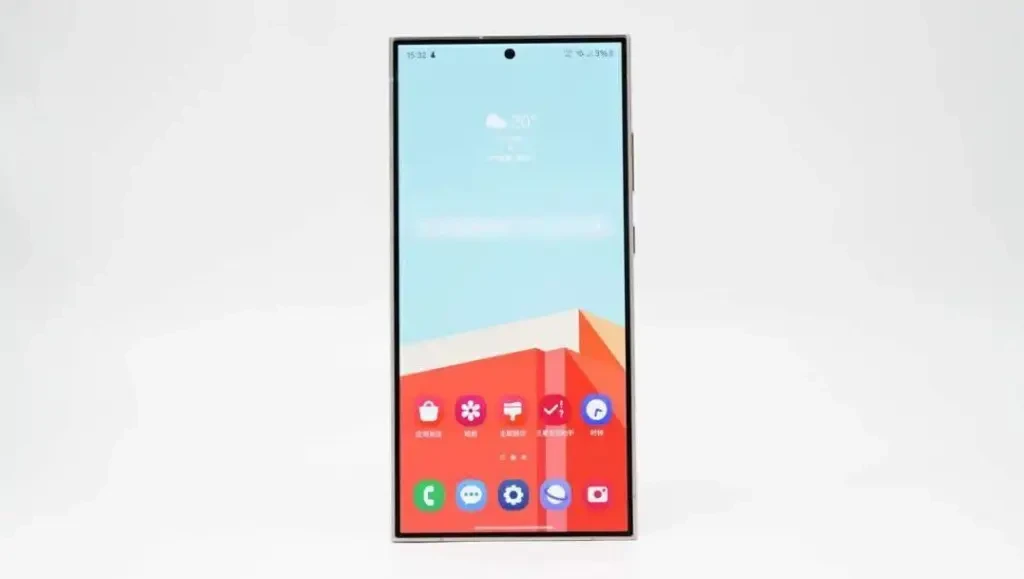
Why Didn’t Apple Mention the Change in Charging Power?
When people learned about the iPhone 16’s power specifications published by China Quality Certification Center, many were puzzled as to why Apple didn’t heavily promote this significant increase in charging power for the new generation of iPhones.
In fact, this aligns with Apple’s consistent user communication strategy. From Apple’s perspective, user experience is far more worthy of emphasis than technical parameters. They prefer to promote the overall experience improvements brought by the product, such as extended battery life and faster charging speeds, rather than simply emphasizing technical specifications. In reality, Apple’s user base also focuses more on the overall performance, ease of use, and ecosystem integration of devices. Therefore, Apple’s new product promotions have always concentrated on performance improvements, software optimizations, and other features closer to users’ daily usage, rather than overemphasizing specific technical points, especially hard-to-understand technical parameters.
Moreover, Apple has always had extremely high requirements for product stability and safety. Compared to competitors’ strategy of increasing power to shorten charging time, Apple may pay more attention to factors such as heat management during charging and battery lifespan.
Apple likely doesn’t want to make the 45W figure a promotional focus to avoid overly raising consumer expectations for fast charging speeds while neglecting long-term stability and safety issues.
A more important reason might be that Apple is a “conservative” company.

Apple takes a cautious approach to product launches and technology adoption, fully considering compatibility and optimization with the entire ecosystem (which might be what people often call “squeezing toothpaste”). This helps maintain high-quality user experience and brand loyalty. Giving new products higher power space while controlling charging strategies is also to continue Apple’s previous charging strategy. Due to Apple’s device self-protection mechanism, under extreme conditions, the device may briefly increase charging power to meet high power consumption demands, but this doesn’t mean the device will charge at such high power under normal circumstances.
As early as the iPhone 13 Pro Max, Apple already supported 9V 3A charging parameters. The iPhone 13’s theoretical peak charging power could reach 27W, but in actual use, it was only around 22W. Combined with actual tests, we can easily find that although there’s a chance to reach theoretical power under extreme load conditions in the laboratory, such opportunities are not common in actual usage scenarios.
In some low battery, high power consumption, and low temperature situations, there may be short-term charging power exceeding the previous generation’s performance, but due to the similarity in hardware configuration, the difference in daily use experience won’t be too significant—this also explains why Apple didn’t mention it at all during the launch event.
Buy a 45W Power Adapter for the iPhone 16 series?
.Apple officially recommends a minimum 20W Power Adapter. It’s reliable.
But you might not be satisfied with the charging speed. Based on this test results, we know that:
- Under extreme conditions of low battery, high power consumption, and allowed heat dissipation, the iPhone 16 Pro Max charging power can sustain 33W, with an instantaneous maximum peak power of 38W-39W;
- Under daily conditions, except for occasional large fluctuations when operating the phone, the iPhone 16 Pro Max maximum power is basically maintained below 27W.
So, if you’re an iPhone user needing daily fast charging, a charger over 33W is undoubtedly sufficient to cover the iPhone 16 series phones; if you’re an Apple ecosystem user, a charger over 65W is a better choice. E-commerce platforms may soon have advertisements for “fully compatible with iPhone 45W” appearing. But what you might need to consider more is the size of the charger (45W will be much larger), design, and your brand preference.
Summary
- In the vast majority of cases, the user experience of iPhone 16 series charging will be the same as the previous generation, taking about 1 hour and 45 minutes to charge from 2% to 100%.
- Under extreme conditions, the iPhone 16 Pro Max charging power can sustain 33W, with an instantaneous maximum peak power of 38W-39W.
- In daily usage conditions, the iPhone 16 Pro Max maximum power is 27W, showing almost no difference from the previous generation.
Specification parameters do not equal actual conditions; there’s no need to be misled by the hype on social media. Parameters from certification bodies usually indicate the maximum input voltage and current that the device can withstand, ensuring the device is compatible with different chargers within a safe range. This doesn’t mean the device will charge at that power in actual use. The actual charging power of Apple devices is determined by the device’s internal charging management system to optimize battery life and device safety. Even if the device supports higher voltage and current, the actual charging power may be limited to a lower level.
However, iPhone charging specifications supporting 45W is still good news. Apple’s jump from 20W directly to 45W must be a decision made after balancing technology, user needs, market competition, and future device development considerations.
By prioritizing user experience, Apple may be paving the way for upgrades in future products.

Test notes:
- We only tested one iPhone 16 Pro Max device and cannot rule out the impact of individual differences.
- We conducted 6 hours of testing but did not achieve longer-term testing, so we cannot provide long-term test data at different battery levels, environmental temperatures, and usage states. The related data is for reference only.
- Test equipment list:
- iPhone 15 Pro Max
- iPhone 16 Pro Max
- Sugar Factory IonBridge programmable PD power supply
- Sugar Factory Xilu cable
- Infineon EZ-PD™ CY4500 protocol analyzer
Finally, attached is the detailed iPhone 16 Pro Max charging log recorded by IonBridge: https://go.ifanr.com/iphone-16-pro-max-charging-session
Source from ifanr
Written by Meng Wang
Disclaimer: The information set forth above is provided by ifanr.com, independently of Alibaba.com. Alibaba.com makes no representation and warranties as to the quality and reliability of the seller and products. Alibaba.com expressly disclaims any liability for breaches pertaining to the copyright of content.




